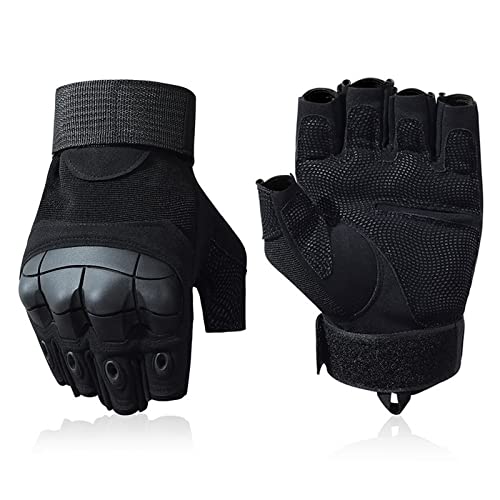qmotion
Well-known member
Now don't hold back there Kev..just say it like it is.Respectfully, for more than one reason you two should consider a weight loss program. it would be terrible if you had a bike failure because your total GVWwas exceeded. not to mention, your own personal healthWhen I ride solo, I'm well within the design perameters and GVW. Those scales only get tipped when my lady rides with me which is only 20% of the time at best. I'll be happy if I get things dialed in just right for me solo. My heavier weight is actually an advantage to having a better ride.
You may well be right but that's pretty harsh.
Had a good giggle though.
I had a good giggle also.
I'm actually considering just using the FJR for solo riding. I keep the Corbin smuggler on most the time for that reason. I think a Goldwing will be in the works for dual riding in the future. I do appreciate the health concerns.
As far as the suspensions goes. I'm thinking that Mama Yama may not have gotten the valving and the compression rates too far off for what the bike was designed for. The variable that they can't get right for everyone is the weight load and therefore the spring requirements. Thats where personalization will have it's greatest effect. Assuming that Yamaha does know a little about suspensions, the valving, compression and damping should be close to where it needs to be. Of course with a variable system the bike can be tweaked more to your personal liking. As most have stated on smoother roads the OEM suspension feels simular to the modded ones. It's when road iiregularities are present that it's obvious that the modded suspensions are better. Assuming that the spring rates are proper for the modded suspensions the major variable just might be the proper spring rate itself.
Now when you give the proper spring rate for the OEM suspension a simular result to the modded suspension should be achieved. I attribute 90% of the differences to the proper setting of the spring rate. Assuming that OEM suspension isn't in a failed state (worn out) a lot of monies can be saved until it's necessary to replace the stock parts. At that point it wouldn't make sense to put the factory stuff back on but to use aftermarket stuff that does have better adjustability. One of the things that I have noticed about OEM shocks is that they do last a lot longer than the after market ones usually. I'm just speculating but maybe it's because the OEM shocks are usually a little heavier and use a steel housing as oppose to an aluminum one. That is to imply that the cylinders seldom wear out but the inerts do. If you replace the inerts on the OEM shocks in periodic intervals they usually come back to spec. I've heard it said that several aftermarket brands not to name any particular one (mostly all) tend to have a ballooning effect meaning that the interior clyinders would wear as well as the piston assembly. That is why I think they go to that added steps to anodize and coat the interior cylinder walls to minimize the wear.
On an all out sport bike or professional racing bike it's necessary to keep the weight down at all cost. I'm not in business with Klaus and I have nothing to profit other than attempting to have what's right for me. One of the things I like about this new 460 and 461 series shocks in the HyperPro line is that they use steel in the cylinder body and only the 7075 aircraft aluminum for the piston assembly where it counts most. For a sport touring bike that's not going to see track days one might benefit from the added durability and reliability. Most Pros change their shocks after every race and sometimes during a race.
Once my new front and rear springs come in and I have them installed I'll know better for sure. I'm just trying to offer inexpensive and viable alternatives that works for those who might want to do some tweaking and maybe save $1,500 in the process.
Last edited by a moderator:




















































